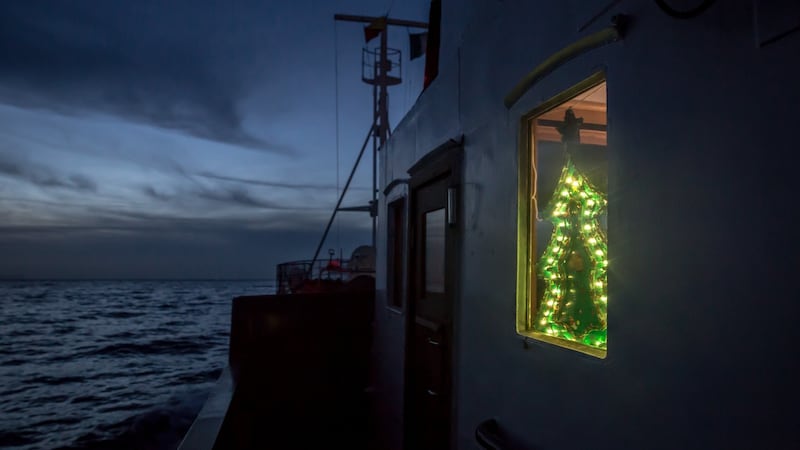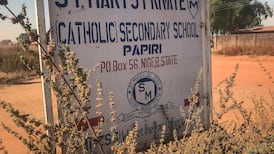The alarm sounded shortly after midnight on Friday. Bleary-eyed volunteers and crew stumbled up to the mess room for a briefing. There was a boat, the ship's head of mission, Rene Stein, told them. It was about 1.8 nautical miles ahead. Everyone had to be ready.
On the monkey deck, the highest point on which you can safely stand on the ship, the volunteer on watch duty could spy a light in the distance. It flashed across the Mediterranean Sea, bright, blinking once or twice before stopping. After a pause, it shone again and again, a sign of life under a smattering of stars. He peered through his binoculars, trying to make out the people on board.
Then, he heard them shouting.
As the Alan Kurdi rescue ship sailed closer, the captain lit up the vessel to show he had received the message from those in need. Two lifeboats were deployed, with volunteer drivers at the helm.
Once on board, the man clung his baby to him, breathing deeply and then letting out a cry. He began to vomit
The first began to circle the 8m-long boat, while one crew member asked for information about who was on board. Five women, one of them pregnant, came the answer. There were 10 children, the youngest six months old.
A rescue operation is both fast and slow. It felt fast because everyone’s adrenaline was pumping, but slow because they knew it was important to do everything calmly. Panic costs lives, they had been warned during training.
Paralysed by shock
The first lifeboat came back with four children, a woman and a man. The children were toddlers. They were lifted onto the Alan Kurdi’s deck, some crying, some with faces paralysed by shock. Once on board, the man clung his baby to him, breathing deeply and then letting out a cry. He began to vomit.
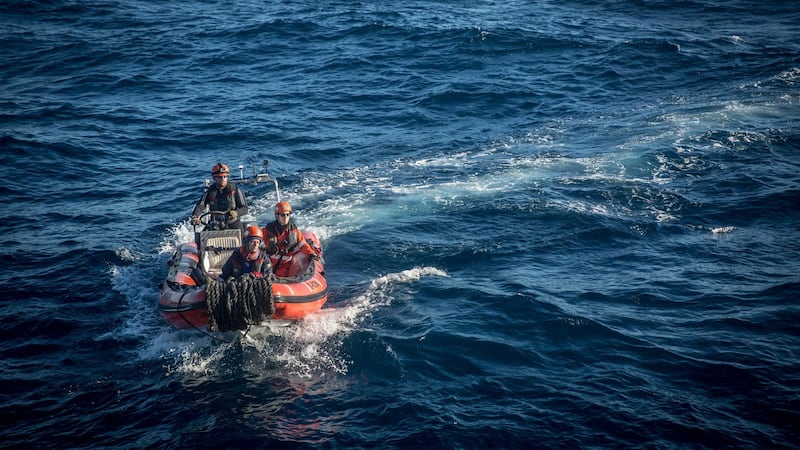
The lifeboat went back several times, taking children, women and then the men, who stumbled as they were helped up a ladder and down wooden steps.
“Thank you, thank you,” whispered one woman, wearing skinny jeans and a headscarf. “No problem,” replied one of the rescue crew.
To avoid it being reused by human smugglers and any accompanying accusations that the Alan Kurdi’s crew had collaborated with them, the boat they had travelled in was then destroyed. It went up in flames before the last lifeboat was hoisted on deck, and the Alan Kurdi began to speed away from the Libyan coast.
All of the 32 people brought on board were Libyans. They said they set sail from Tripoli hours before, and were escaping the war. In April, eastern general Khalifa Haftar ordered his self-styled Libyan National Army to advance on the north African capital. In the eight months since, more than 2,000 people have been killed in fighting and roughly 150,000 displaced.
In a statement last week, the UN High Commissioner for Human Rights said air strikes are the leading cause of civilian casualties, "accounting for 182 deaths and 212 injuries, followed by ground fighting, improvised explosive devices, abductions and killings".
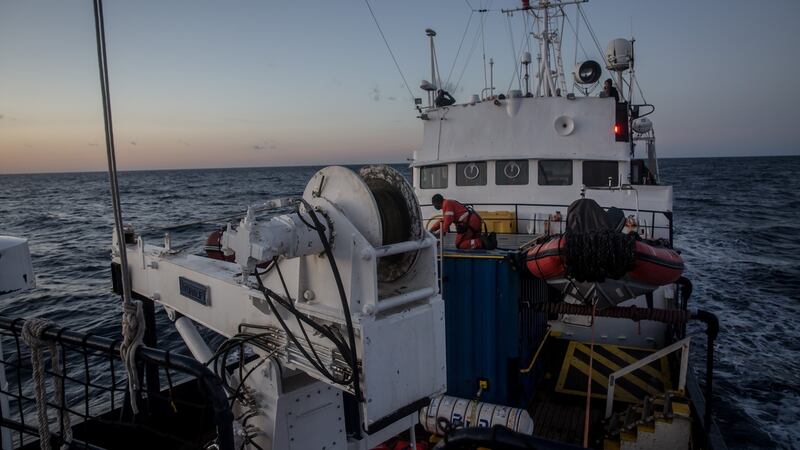
Libya is a transit country for refugees fleeing dictatorships and wars across Africa and the Middle East, but, increasingly, Libyans are also escaping themselves.
The condition of the fibreglass boat – which had two engines – indicated the people on it either paid more money or were better respected by smugglers, in comparison to sub-Saharan Africans, who are usually crammed into rubber boats, sometimes with faulty engines. The Libyans on board had food supplies for two days, a satellite phone and a GPS. They were able to call for help once they reached international waters, increasing their chances of survival.
“Rubber boats are difficult because nothing reflects the colour. Wooden boats are better but they’re rather rare,” Stein, the ship’s head of mission, had warned the volunteer crew in advance. Fibreglass was rarer still.
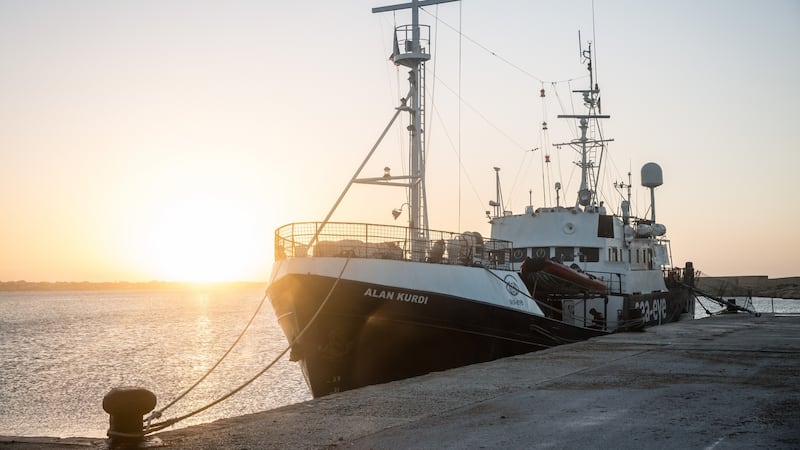
Caring for the people
"People were calm, in a very stable condition," said Stefan Schultz, a paramedic on one of the Alan Kurdi's lifeboats, who stayed up all night caring for the people rescued.
“I’m tired, really tired,” he said, on Friday morning. “I can’t really describe that feeling. The whole process was okay. We trained for this scenario and for that reason it worked quite well.”
If you have only a 30 per cent chance you don't leave your country. You don't go on water unless you're desperate
More than 19,000 people have died since 2014 trying to cross the Mediterranean Sea to Europe. The route from Libya is the deadliest migration route in the world.
Charity rescue ships such as the Alan Kurdi have been accused of acting as a "pull factor" for refugees and migrants, with critics saying rescues encourage more people to risk their lives by paying smugglers to go to sea, though the Alan Kurdi's captain Uwe Doll rejects this interpretation.
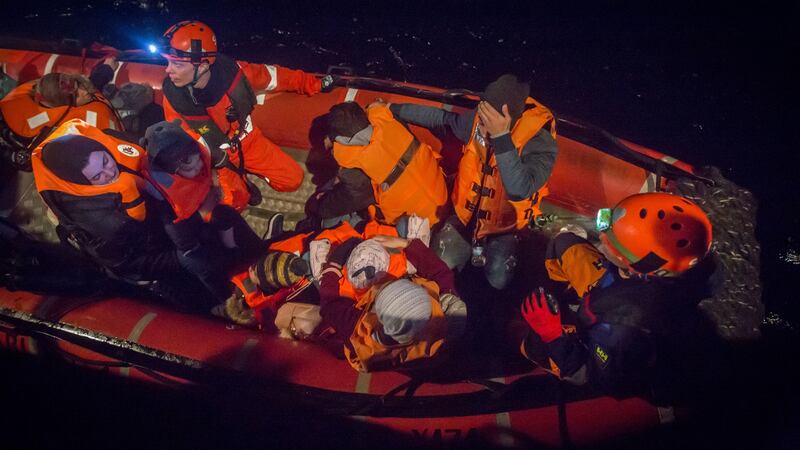
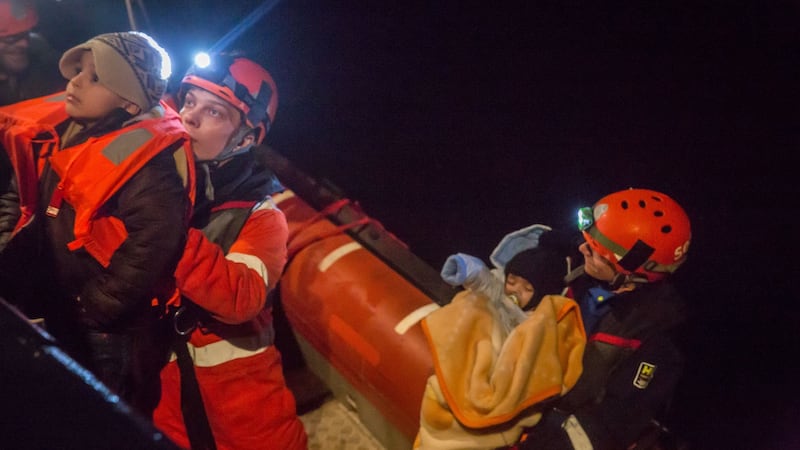
“They want to escape,” he said. “They know the chance, the risk of dying during this escape with small boats like these and they know that we [the charity rescue boats] only rescue 30 per cent of the refugees that are in this area. If you have only a 30 per cent chance you don’t leave your country. You don’t go on water unless you’re desperate.”
For his part, Doll said rescuing people has made him experience emotions he’s never had before in his life.
“It makes me sometimes a little bit sad and also it makes me happy. We can help them, I never had this feeling before.”
